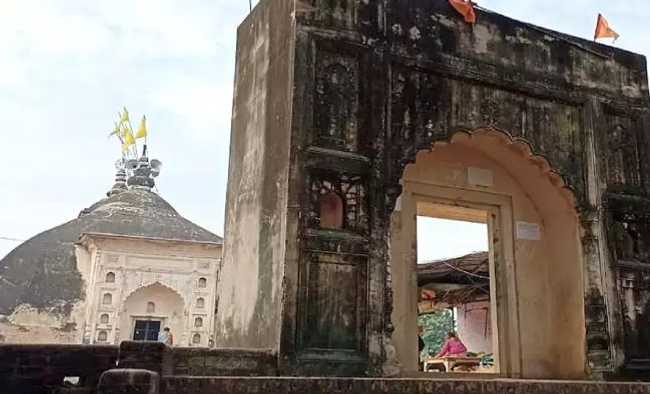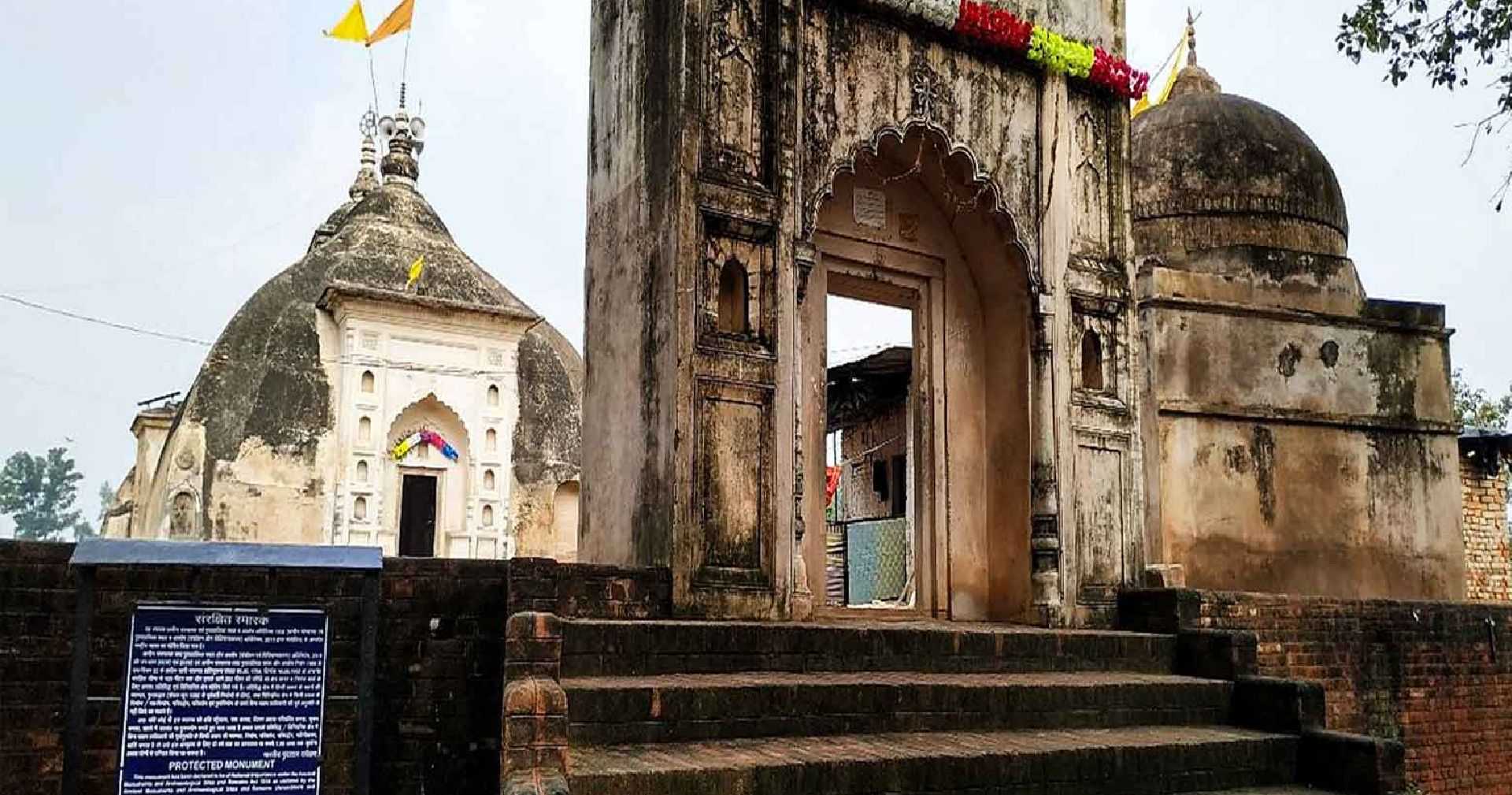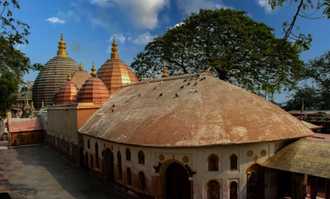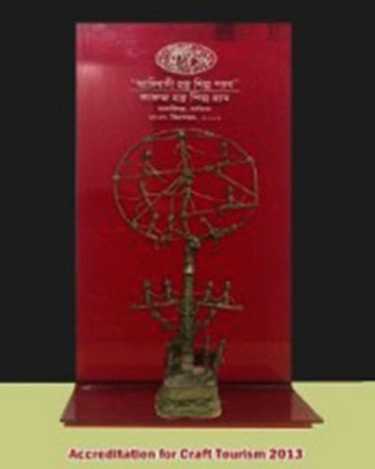Where God Predicts the Monsoon: The Mystery of Jagannath Temple
The Temple’s Whisper: How the Rains Are Foretold
They say the temple speaks—not in words, but in droplets. High upon the ancient ceiling of the Jagannath Temple, water begins to gather as the monsoon draws near. Elders of the land have long believed this sacred sign reveals the will of the skies. When the droplets form large and heavy, it is a blessing—a promise of generous rains and bountiful harvests. But when they are small and faint, it is taken as a warning of drought. What makes it all the more wondrous is that this omen comes not days before the monsoon, but well in advance—giving villagers time to prepare. Encased in walls 14 feet thick, and built like a silent Buddhist monastery, the temple stands as a guardian of ancient wisdom, passing down its secrets from stone to sky.

The Temple’s Tears: A Monsoon Prophecy
But the story doesn’t end with droplets on the ceiling. There’s more that the temple reveals—if you know how to listen. Just fifteen days before the rains arrive, the roof of the temple begins to weep. A gentle trickle emerges from the ancient stones, as though the temple itself mourns or rejoices for what is to come. The villagers say this sacred drip is no accident. When the flow is strong and steady, the fields will drink well and the harvest will thrive. But when the trickle is faint and hesitant, it is a sign—prepare for lean skies and dry soil.
Farmers gather near the shrine, not to ask, but to observe. The temple gives them time to ready their fields, their hopes, and their prayers. Many curious minds—archaeologists, scientists, skeptics—have come with tools and theories, searching for logic within legend. But the temple holds its silence. For in India, some truths are not written in books or measured by instruments—they are etched in stone, passed through generations, and whispered by walls that have watched the skies for centuries.































